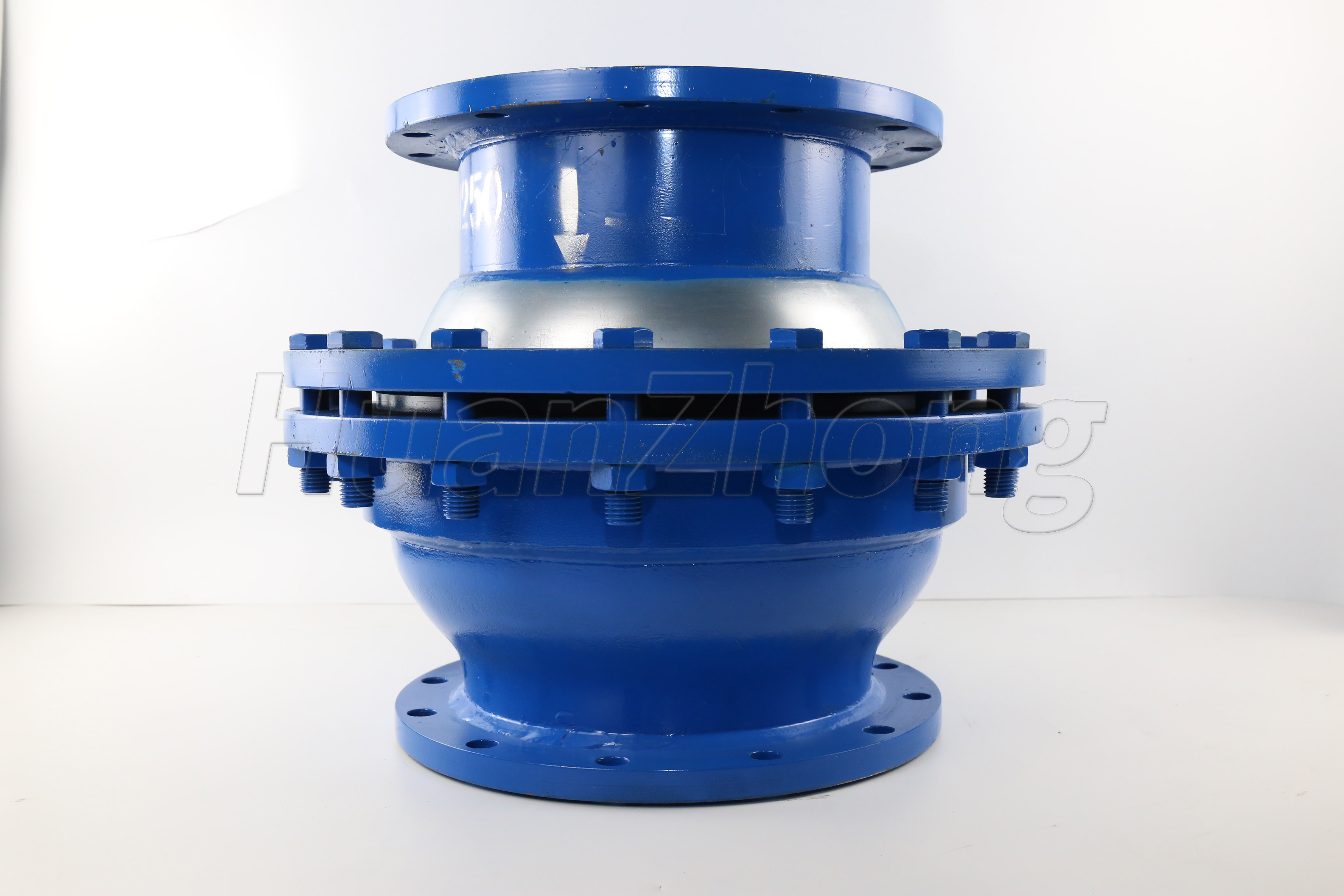How to Effectively Maintain Rotary Compensator Life Cycles?
How to Effectively Maintain Rotary Compensator Life Cycles? Rotary compensators are mechanical devices commonly used in engineering applications to absorb vibrations, maintain alignment, and compensate for thermal expansion in rotating machinery. They play a critical role in ensuring the longevity and optimal performance of these machines. In this essay, we will discuss effective maintenance strategies to prolong the life cycles of rotary compensators.
Regular inspection is key to maintaining rotary compensators. Visual inspection should be performed on a regular basis to check for any signs of wear, corrosion, or damage to the compensator's components. This includes inspecting the bellows, tie rods, flanges, and mounting brackets for any signs of fatigue or cracks. Additionally, any leaking or abnormal temperature variations should be investigated, as they may indicate a problem with the compensator.
Proper lubrication is essential for maintaining the smooth operation of rotary compensators. Since they involve moving parts, applying the right lubricant can help reduce friction, prevent wear, and extend the life cycle of the compensator. It is important to follow the manufacturer's recommendations regarding the type and frequency of lubrication. Regular greasing of the bearings and other moving parts should be carried out to ensure optimal performance and prevent premature failure.
Alignment is another critical factor in maintaining rotary compensators. Misalignment can cause undue stress on the compensator, leading to premature failure or reduced performance. Regular alignment checks should be performed to ensure that the compensator is properly aligned with the connected machinery. If misalignment is detected, appropriate adjustments should be made to restore the correct alignment and prevent further damage.
Periodic testing is crucial for assessing the performance and functionality of rotary compensators. This can be done through various methods such as vibration analysis, pressure testing, or thermal imaging. Vibration analysis can detect any excessive vibrations, which may indicate a fault or imbalance in the compensator. Pressure testing can identify any leaks or weaknesses in the compensator's seals or welds. Thermal imaging can help identify any abnormal temperature variations that may be indicative of a problem. Regular testing allows for early detection of issues, enabling proactive maintenance and preventing costly breakdowns.
In addition to regular maintenance, it is important to operate rotary compensators within their specified parameters. Overloading or operating outside the recommended temperature and pressure limits can significantly reduce the life cycle of the compensator. Proper training of personnel and adherence to operating guidelines are important to ensure that the compensator is not subjected to unnecessary stress or abuse.
In conclusion, effective maintenance strategies are essential for prolonging the life cycles of rotary compensators. Regular inspections, proper lubrication, alignment checks, and periodic testing are crucial to identify and address any potential issues before they escalate into major problems. By implementing these maintenance practices and adhering to operating guidelines, engineers can ensure that rotary compensators operate efficiently and reliably, contributing to the longevity and optimal performance of rotating machinery.
